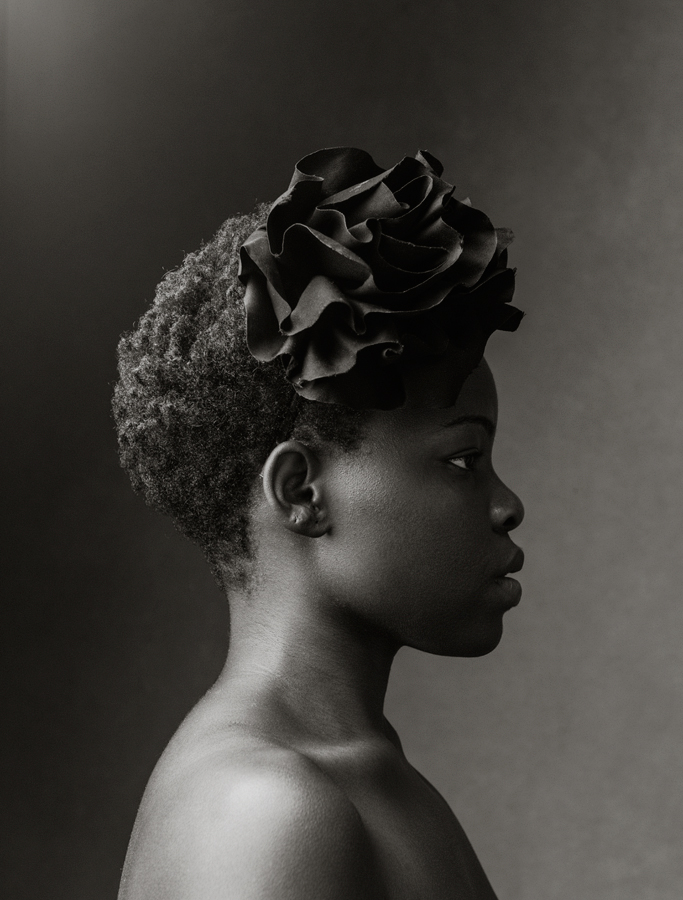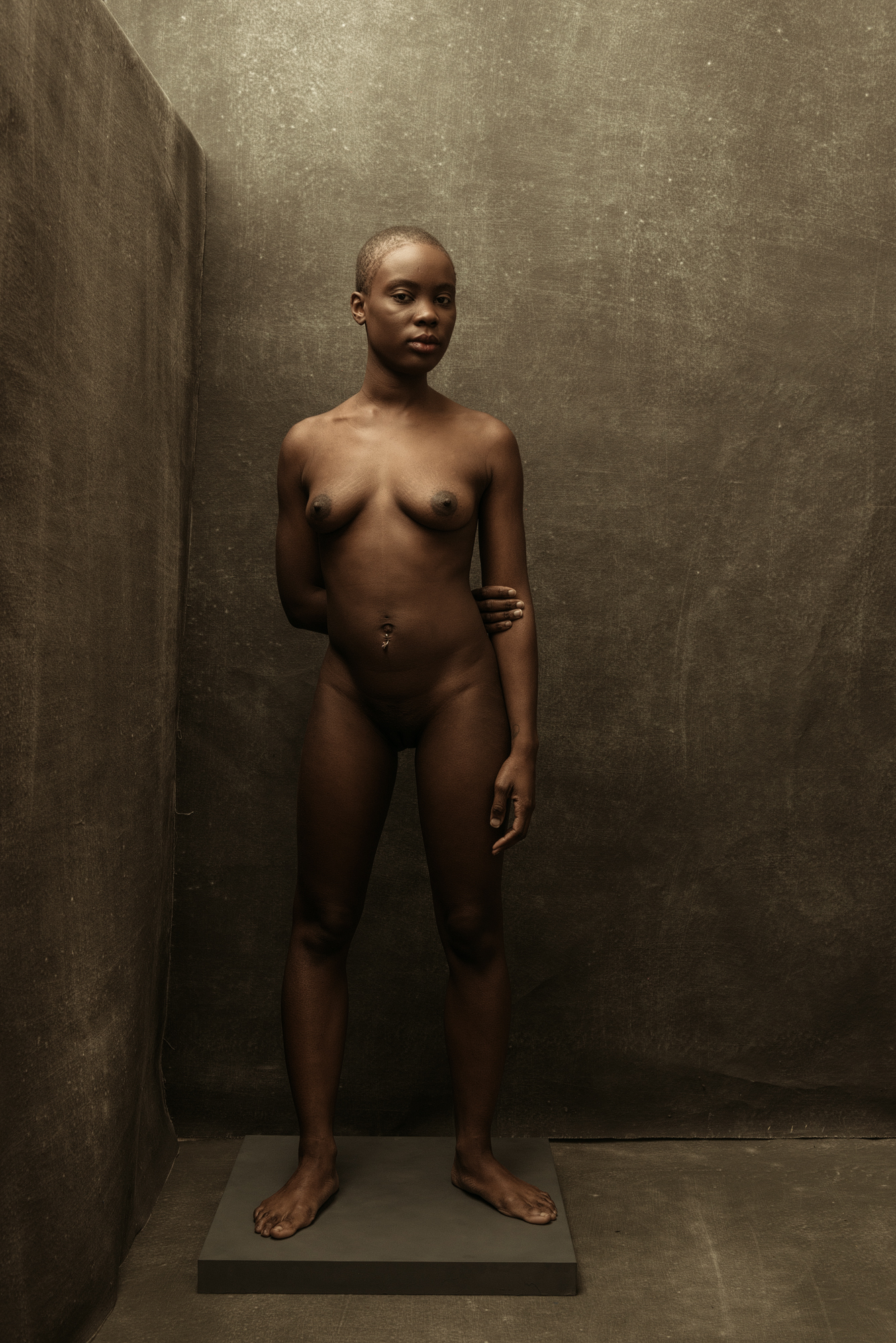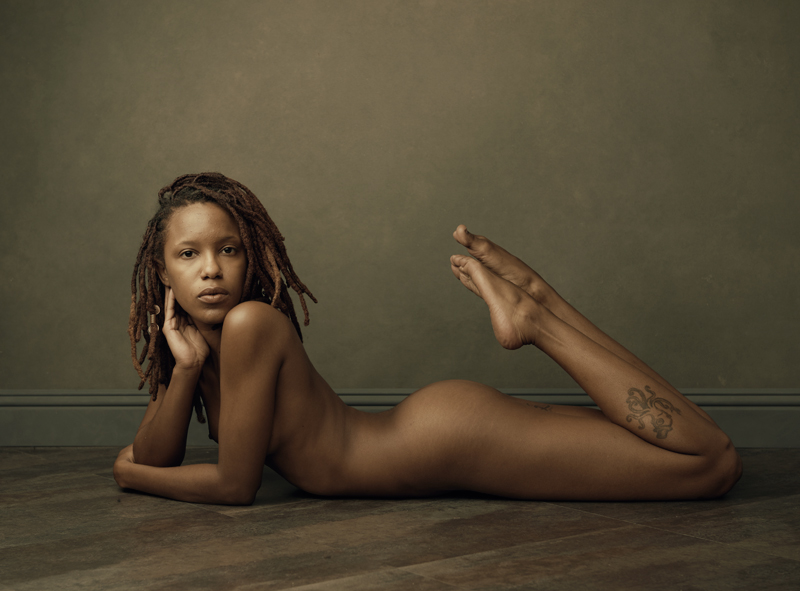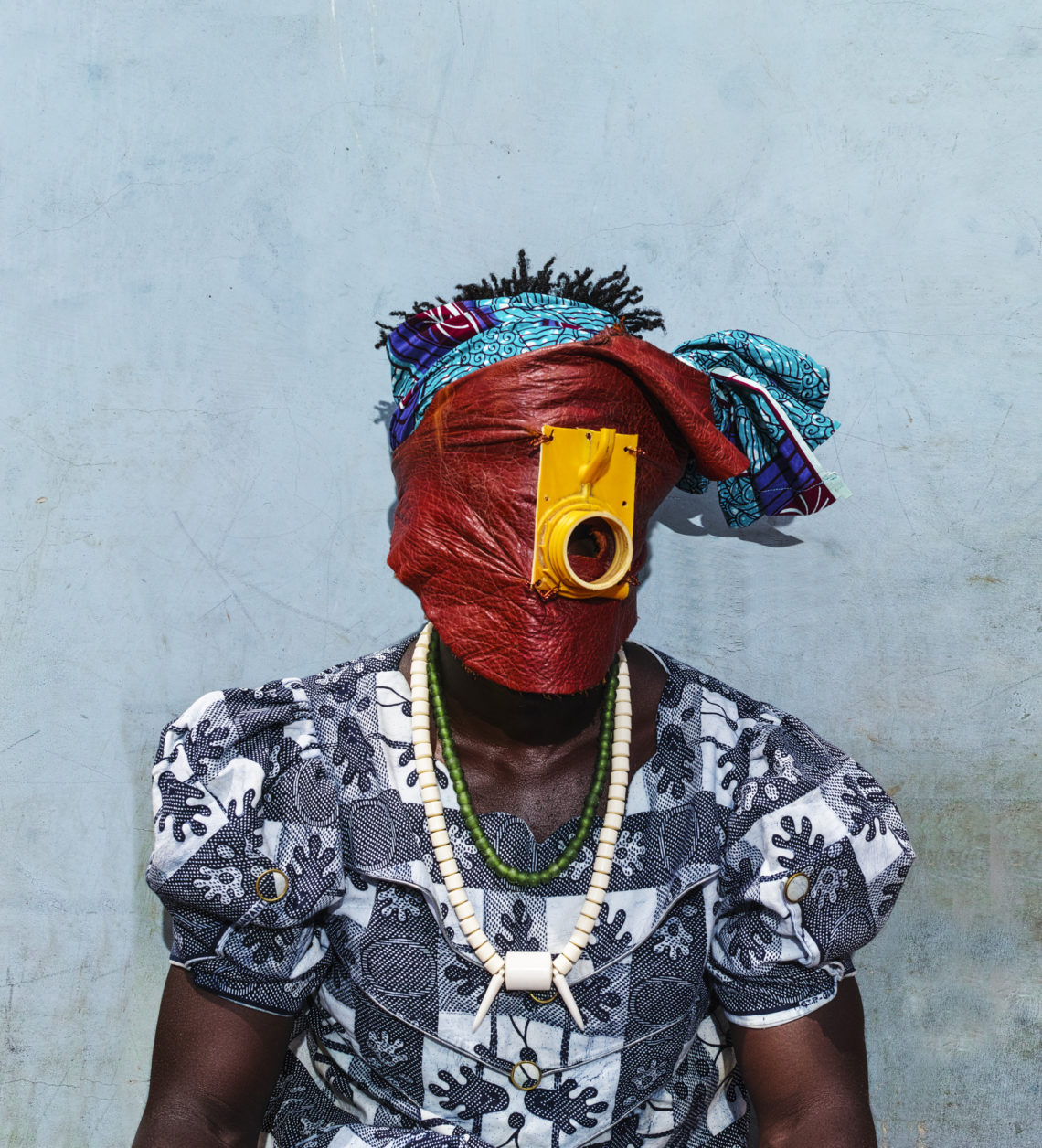Lubabetu Abubakar aka Lubee Abubakar studied law, but has been making the transition to a full-time photographer and art director. With a focus on fashion, she illuminates the people she photographs with her delicate approach to capturing each image. She has been presented as one of the photographers bringing attention to her home country, Nigeria, with her participation in the 2017 LagosPhoto Festival.
With her transition to a full-time creative practice Abubakar allows herself to experiment while finding a way to create a signature in her imagery. She plays with colour in bold, and sometimes subtle ways, forming a visual language that draws the viewer in and engenders a curiosity around the people in her photographs. The models in her images often have an intense engagement with the camera, looking directly and confidently at the viewer. However, Abubakar softens this intensity, making their stares come across more inviting than intimidating.
One of Abubakar’s more personal projects, a series titled ‘Ojoro‘, explores themes related to womanhood and welcoming a woman into adulthood. This series is accompanied by a text that intimately expresses what a woman feels when on her period. The connection between the images and text shares with audiences an honesty and rawness that provokes emotive responses.
The presentation of her work online appears as a puzzle, with each photograph and gif on her home page pointing to different aspects of her work. Viewers can see commercial work alongside images that take on a more documentary style, showing a diversity of work.
Check out Abubakar website to keep up with her work.

























